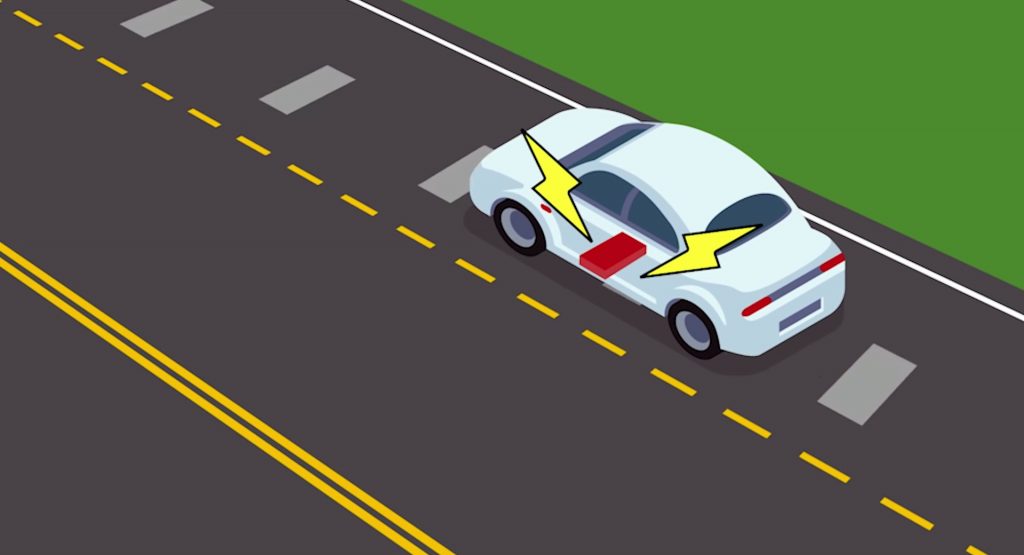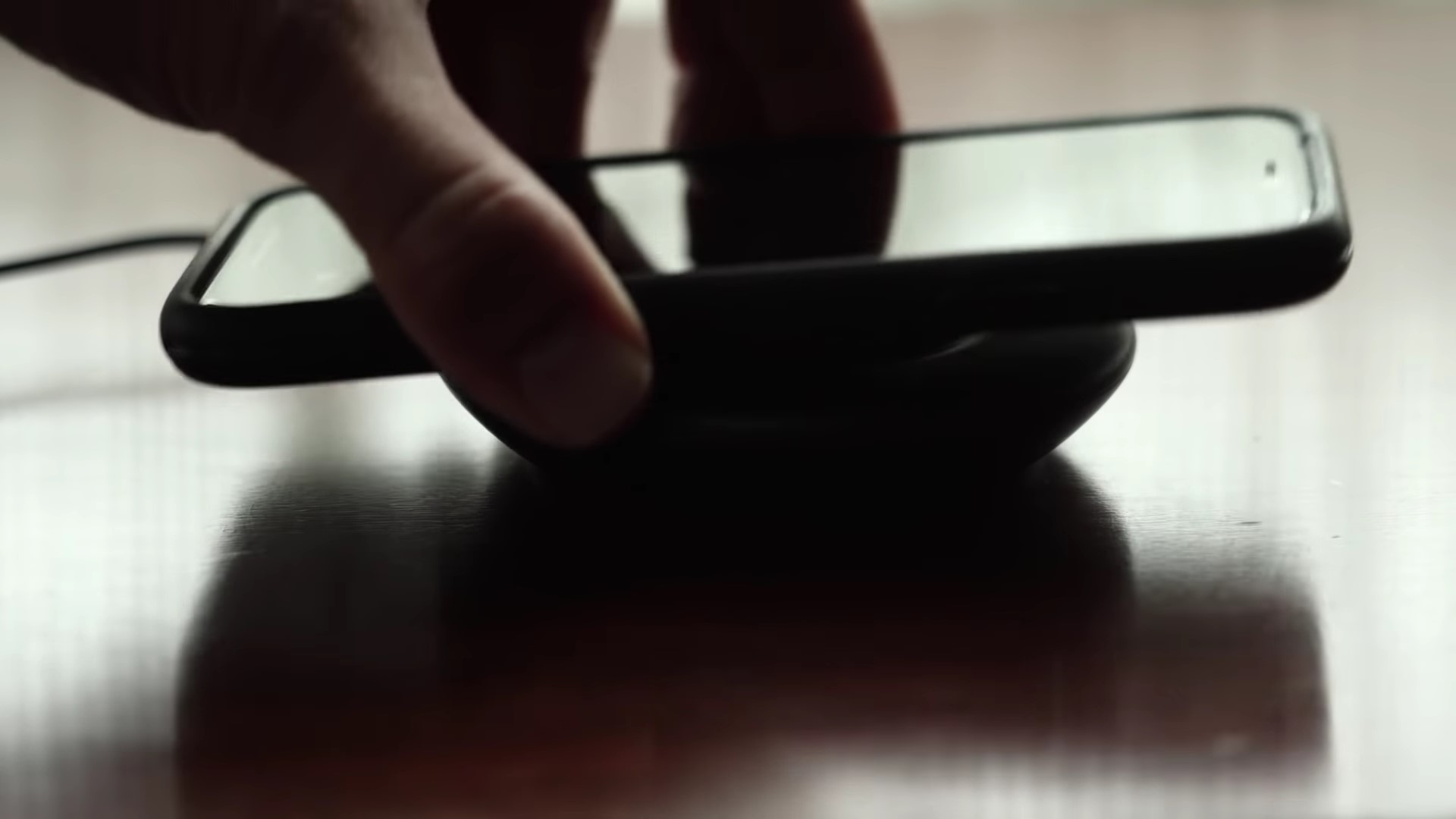Range anxiety and charging infrastructure remain two of the biggest hurdles to the mass adoption of electric vehicles. But what if they could charge on the roads they hurtled down? A group of researchers at Cornell are suggesting they have a solution that will make it possible.
Inductive charging is nothing new, not even to automakers who are increasingly allowing you to charge your phone wirelessly in their cars. But the big challenge to applying that technology on roads is that generating the magnetic fields that your phone uses is expensive and unwieldy at the surface required for a road, Khurram Afridi, an associate professor at Cornell who is leading new research in the field, told Insider.
In fact, the idea was tested in California in the ’80s, but the alternating magnetic fields require expensive hardware that uses more energy than it provides. Afridi says, though, that the technology he and his team are developing, a technology that he’s been researching since his days at NASA‘s Jet Propulsion Lab, will use high-frequency electrical fields, instead of magnetic ones.
“They thought it was not feasible because they did not think of going to the high level of frequencies that I was thinking of,” Afridi said. “But, that has always been my area of research. It is really my passion to go to very high frequencies and push the technology to its highest potential frequency.”
Thanks to the developments his team has made, vehicles with up to 18 cm (7-inches) of ground clearance (that is most electric vehicles) could be charged by Afridi’s tech. The power would be transferred via plates in the road that could be embedded tens of feet apart, allowing the cars to charge as they drive over the road.
As it stands, high-frequency charging is capable of charging something like a Nissan LEAF in four to five hours. A vehicle with a bigger battery, like a Tesla, would take longer. But if you think of it like using your phone when it’s plugged in, then it sounds pretty handy.
Naturally, it would require some pretty hefty infrastructure changes to make it work. Afridi has a few ideas that could make it easier, though. First of all, his plan does not mean whole highways that charge. Instead, he sees these plates being installed along one lane of traffic, like an HOV lane. You slide in, the road reads your plate, you top up, shift out of the lane, and get charged for it later (pun, as always, intended).
The plates could also be installed at stop signs and traffic lights, where you’re likely to be spending a little time and where installation would be simpler. At first, though, Afridi suggests only installing this tech on the busiest stretches of highway or between areas with little charging infrastructure.
Automakers would also have to get on board. Finding switches and other hardware that can handle the high frequencies required for efficient charging was one of the major hurdles for Afridi’s team, so some specialized equipment is required at both ends.
But if they did get on board, it could actually be a big advantage for automakers. If the technology were ubiquitous enough, the requirements on vehicles to store their own power would be eased. That could mean smaller batteries, which would result in lighter cars and, more importantly, would significantly ease the environmental burden of battery production.
Unfortunately, there are a lot of “ifs” and even more “whens” in that scenario. Even by Afridi’s estimates, the technology is about 10 years away from being ready for major roadways. But until then, inductive charging is likelier to become used in warehouses and manufacturing facilities.





